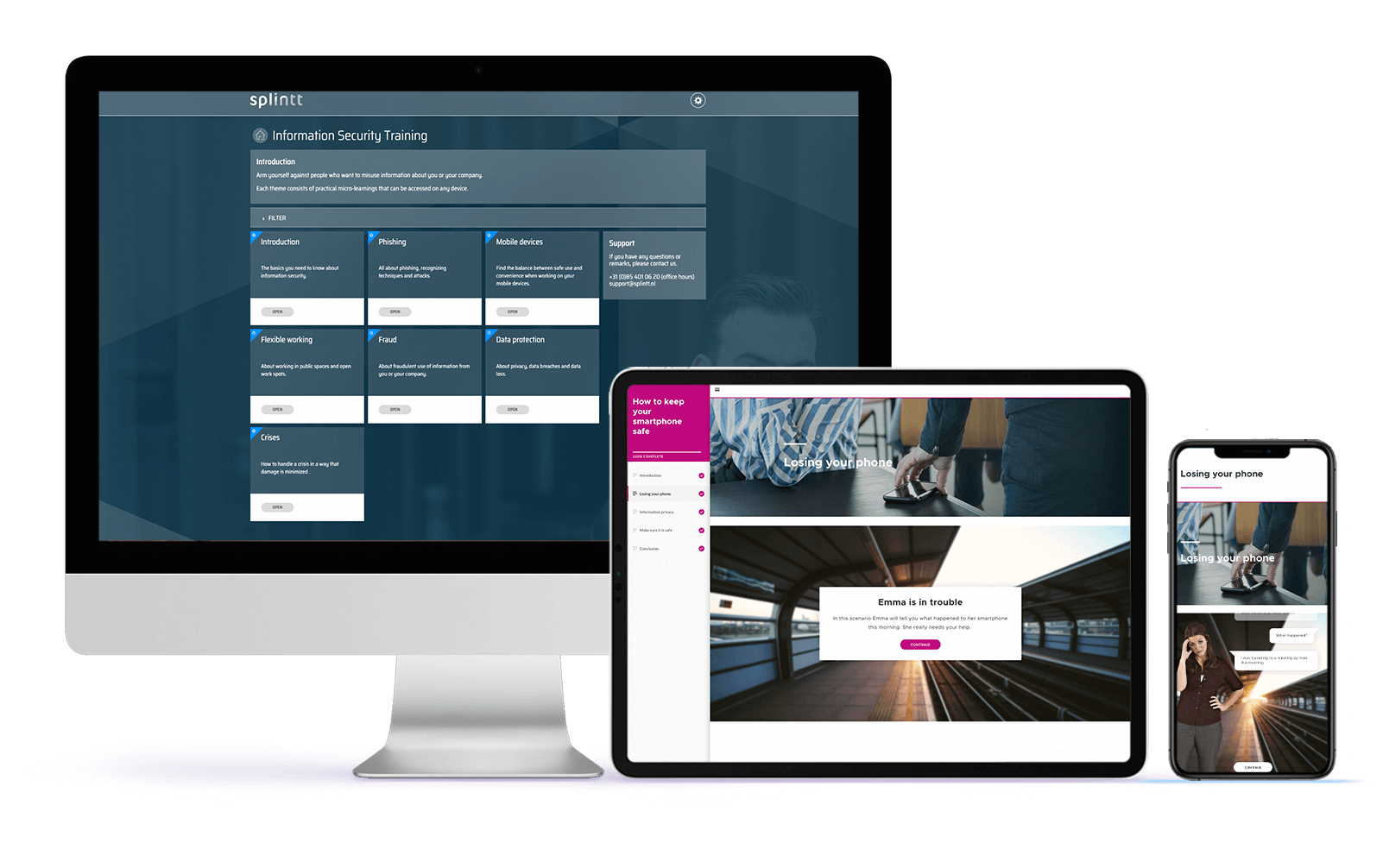History of eLearning
Where does the term e-learning / eLearning come from?
History of e-learning
When was e-learning created? Since the creation of the Internet or later? Fortunately, we don’t have to look too far for this, because the term ‘e-learning’ was first used in 1999 by the company CBT Systems. At that time they organized a seminar in Los Angeles where they introduced the term with the following meaning:
“A way to learn bases on the use of new technologies allowing access to online, interactive and sometimes personalized training through the Internet or other electronic media), intranet, extranet, interactive TV, CD-Rom, etc.), so as to develop competencies while the process of learning is independent from time and place.
Its meaning has not changed since then, as it is still a way of learning that takes place via the Internet or remotely.
The history of distance learning
If we go even further back in time, we will find the pioneer of distance learning. Halfway through the 19th century, in the year 1840 to be precise, Isaac Pitman was already teaching remotely. He did this by sending letters from his hometown, Steno, to his students with assignments which they had to make and send back. He was, as far as we know, the first to teach at a distance. This made Isaac Pitman’s method a forerunner of e-learning.
E-learning in the nineties
However, it was not until the end of the 20th century that online learning and training really made its appearance. This went hand in hand with the rise of the Internet, as proven by CBT Systems. It started with learning management systems (abbreviated: LMS). Universities tried to develop their own systems in which they could offer online learning. This turned out to be more difficult than had been thought out beforehand, so universities chose to buy a system developed by a third party. Strangely enough, that is still the case today! Also in the year 2020, most companies, governments, organisations and educational institutions choose to have the software required for e-learning developed by a party specialised in it.
Maybe the name Blackboard already tells you something. Blackboard was (and still is) an important developer of online learning programmes for the education sector. They provided a convenient system where both teachers and students had access to a secure environment where learning materials could be exchanged. Tests could also be made and it was possible to communicate with each other. The study progress could also be reported and tracked. This still happens at educational institutions. Incidentally, by the end of the 1990s, companies were also starting to use such systems. Teacher and SABA were particularly popular.

eLearning continues to evolve
E-learning has developed considerably over the years. If you compare today’s e-learning solutions with those of the 1990s, you see a world of difference.
